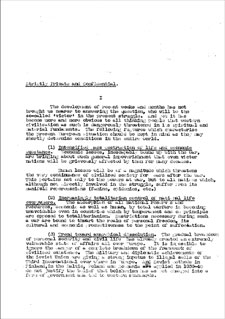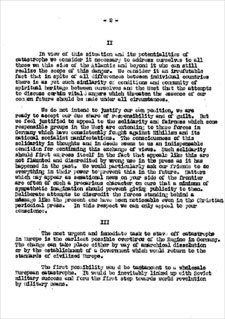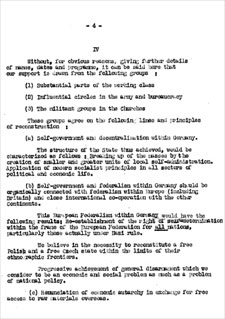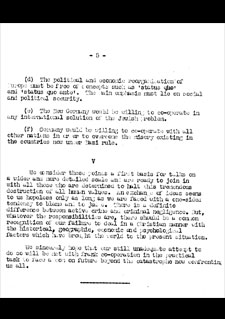The Resistance’s Contact: “Swiss Road”
The ecumenical movement sympathized deeply with the fate of the church in Germany and German theologians gladly took advantage of trips to Geneva to exchange information openly.
Naturally, the 1937 Oxford Life and Work Conference with the theme “Church, Community and State” also intended to comment on the Kirchenkampf in Germany.
Admittedly, this plan was not without controversy since there was fear that a public statement would bring about new dangers for the German church. Based on his own impressions in Germany, Visser ’t Hooft nonetheless followed Bishop Bell’s policy of addressing an encouraging message to German Protestants.
Visser ’t Hooft belonged to the group that was supposed to draft the message to Christians in Germany. An unequivocal rejection of the German Christians and a simultaneous declaration of solidarity to the Confessing Church did not materialize however since too many members of the ecumenical movement either did not comprehend or did not share the beliefs of the “Theological Declaration of Barmen” and viewed the Kirchenkampf solely as a struggle for religious freedom and not as a fundamental decision between biblical witness and modern syncretism.
Despite its compromise character, the message was nevertheless a token of solidarity with those in the Confessing Church who had steadfastly stood up for the Lordship of Christ and the freedom of the Church of Christ to preach his Gospel from the onset (W. A. Visser 't Hooft, Die Welt, p. 95f.).
Visser ’t Hoofts was involved in the resistance, first for the Dutch and later for the German, primarily as a courier of information and documents. His activity increased considerably under conspiratorial conditions.
Visser 't Hooft cultivated personal relationships, especially with Adam von Trott zu Solz, whom he had known since 1928, and Dietrich Bonhoeffer. Like representatives of European resistance groups, they visited him repeatedly.
In September of 1940, Adam von Trott (1909–1944) informed Visser ’t Hooft about the situation in Germany. Gladys E. Bretherton was passed along the memorandum on this discussion to various individuals in England. In the spring of 1942, Visser ’t Hooft brought a written report from Adam von Trott to London and delivered it to Sir Richard Stafford Cripps (1889–1952), an influential member of the British government and a friend of Trott’s, in order to pass it along to Prime Minister Winston Churchill (1874–1965).
Visser ’t Hooft 1943 informed American authorities as well that the Allies’ position had to have had a discouraging effect on the German resistance. Other attempts on his part to convey information about the resistance and the planned attempt to assassinate Hitler to England went without a positive response.
Source / title
- © Archiv des Ökumenischen Rates der Kirchen Genf, 301.009 Box IX 11





